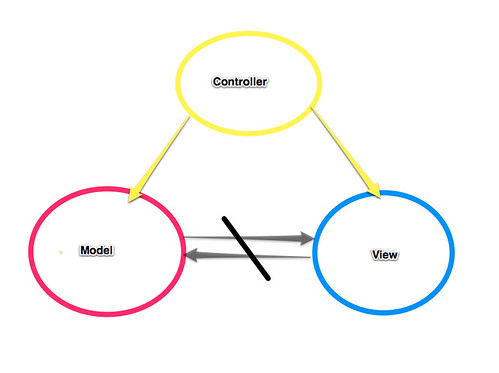 Wherever you are, what is happening with the infrastructure is always important for personal reasons – and also for professional reasons. For me right now, that means New Smyrna Beach here in Florida and, therefore, Volusia County.
Wherever you are, what is happening with the infrastructure is always important for personal reasons – and also for professional reasons. For me right now, that means New Smyrna Beach here in Florida and, therefore, Volusia County.
In this case, I was having a conversation on Tom Laputka’s post about SunRail getting to Deland. Tom’s running for County Chair here in Volusia County this year – we met through one of the Veteran get-togethers; his son is a veteran.
What does this have to do with Technology?
Everything.
Recent professional experience demonstrated the issue with getting talent in the Volusia County area for technology companies is a problem, even more so as you get to the beach. You’d think getting the folks out of Orlando to the beach areas would be easier, but it’s a leap of faith on an individual level. There just aren’t that many technology related jobs near the beaches, and I could speculate about why that is with a fair amount of certainty, but not here.
As Steve Traugott mentioned in the FLOS Caribbean conference in Trinidad and Tobago, back in 2003, the true power of Silicon Valley isn’t the venture capital – and it most certainly doesn’t have a monopoly on coming up with good ideas (though Silicon Valley marketing might have you thinking otherwise). It’s that they have intellectual capital in the way of people that cycle from company to company, building themselves as individuals and thus building the technology base.
As Jeff deGraff, Professor of Management Education at the University of Michigan, recently wrote: It’s the Talent, Stupid.
Individuals moving takes risk, and Florida, which certainly doesn’t lead anything when it comes to public transportation, is derailed in this regard because commutes are annoying. Since I was stationed in the old Navy base in Orlando, I4 has constantly been a state of being fixed and all that has effectively been done is the moving of potholes. The traffic is miserable, particularly in tourist periods.
So Sun Rail getting as far East as Deland offers the opportunity not just for people to get to the beach from Orlando – it opens the area to more technology growth through talent growth. Orlando can beef up it’s technology base without causing even more wear and tear on it’s already beaten and congested path. If you’re interested in the environment, it offers more clean transportation and the ability to live outside of the bounds of Orlando.
Why this even required support letters boggles the mind. It’s win, win, win. Were enough sent in?
We’ll find out. Last year, sadly, it failed.








